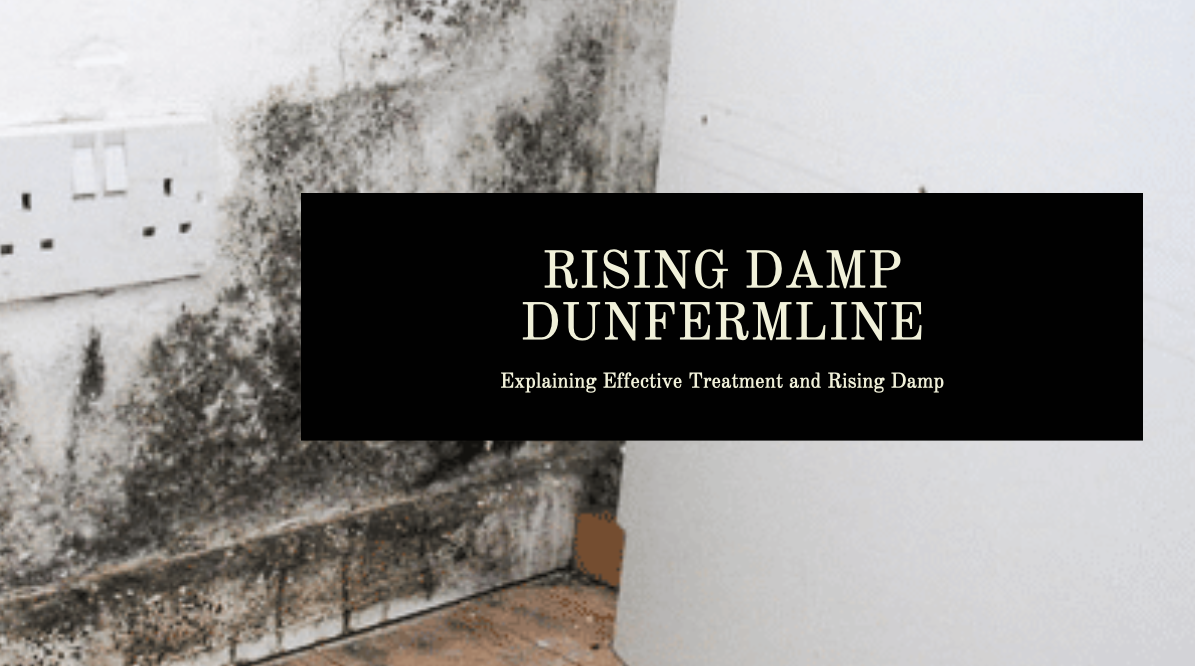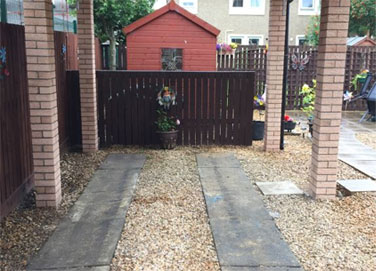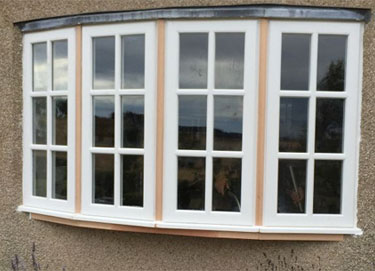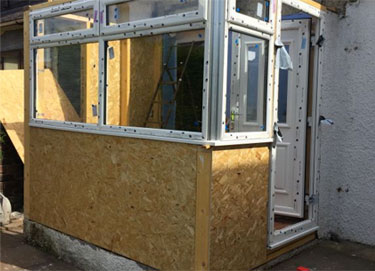Rising Damp Dunfermline
All our surveyors are damp proofing experts and will use their qualifications and experience to accurately diagnose your damp issue and recommend the best course of damp treatment for you.
Our Dunfermline surveyors will:
- Identify the nature and extent of the damp issue
- Determine the cause of the damp by sourcing the cause of the problem
- Look for any other affected or at risk
- Discuss the different forms of damp treatment available for the type of damp issue you have
- Look for any signs of any other associated timber problems, such as wet rot
- Propose the most appropriate damp solution tailored to your needs and budget.
What Causes Rising Damp
All modern houses have a damp-proof course (DPC) installed during construction.
This is typically a waterproof membrane, made of strong PVC or similar, used to form a physical waterproof barrier in the walls at least 150mm (6 inches) above ground level but below the level of the ground floor.
Sometimes a chemical DPC is used, that infuses a course of bricks with waterproofing and water-repellent properties.
These eliminates the possibility of moisture travelling up into walls of the building.
Older properties may use a single or double layer of slate, bitumen, or hessian. Very old properties may not have a DPC of any kind.
If the DPC is damaged, moisture can find a way through any breach and Rising Damp will occur.
If soil is piled up against an outside wall, for example to create a raised flower bed, it might come above the level of the DPC and then moisture can freely travel up into the walls.
Alternatively, with cavity walls, if rubble falls into the cavity and accumulates at ground level, it can build up to above the DPC, creating a route for moisture to travel upwards into the walls.
What Are The Dangers Of Rising Damp
Can cause Wet Rot or Dry Rot, both extremely destructive to structural timbers of a building.
Can cause mould, which is unsightly and a health hazard in its own right, as the spores it emits can aggravate or even cause respiratory problems and other health conditions.
Of course, excess moisture in a building can also start electrical fires through short circuiting, cause serious damage to walls, fixtures and furniture, break down internal plaster and decorations as well as cause heat loss and energy inefficiency.
Appearance
Rising Damp can present a brown/yellow “tide mark” at the top of its reach, typically around 1.5 m, caused by the salts it has transported.
Indicators include: damp patches starting at the floor of a wall; sodden carpets or lifting floor coverings, such as tiles or vinyl; peeling wallpaper or paint; damp or rotting skirting boards; white, powdery efflorescence on the surface of the wall, on the lower half.
N.B Accurate Diagnosis
It is important to investigate thoroughly the true cause of damp. It is easy to mistake another cause of damp for Rising Damp.
Similar symptoms may present as a result of penetrative damp; Wet Rot; Dry Rot; a combination of condensation and lack of ventilation; plumbing leaks, or even structural faults This leads to expensive measures to eliminate one problem that is completely ineffective, so you can end up paying all over again to remedy the real cause.
You should always contract a qualified professional to survey your home and investigate all the factors that lead to any problem concerning damp.
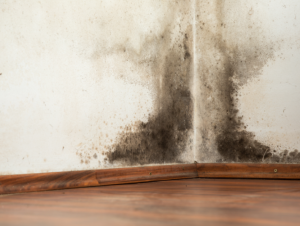
Contact Rising Damp Specialists in Dunfermline
If you would like our surveyor to attend your property to survey an area that has rising damp then give us a call today on 0131 300 0494.

